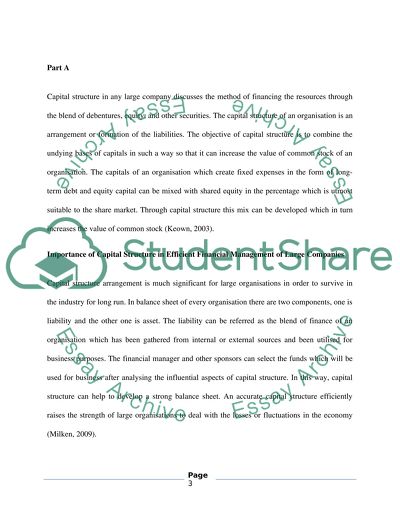Cite this document
(“Capital structures: the method of financing the resources through the Essay”, n.d.)
Retrieved from https://studentshare.org/finance-accounting/1394323-financial-management
Retrieved from https://studentshare.org/finance-accounting/1394323-financial-management
(Capital Structures: The Method of Financing the Resources through the Essay)
https://studentshare.org/finance-accounting/1394323-financial-management.
https://studentshare.org/finance-accounting/1394323-financial-management.
“Capital Structures: The Method of Financing the Resources through the Essay”, n.d. https://studentshare.org/finance-accounting/1394323-financial-management.


